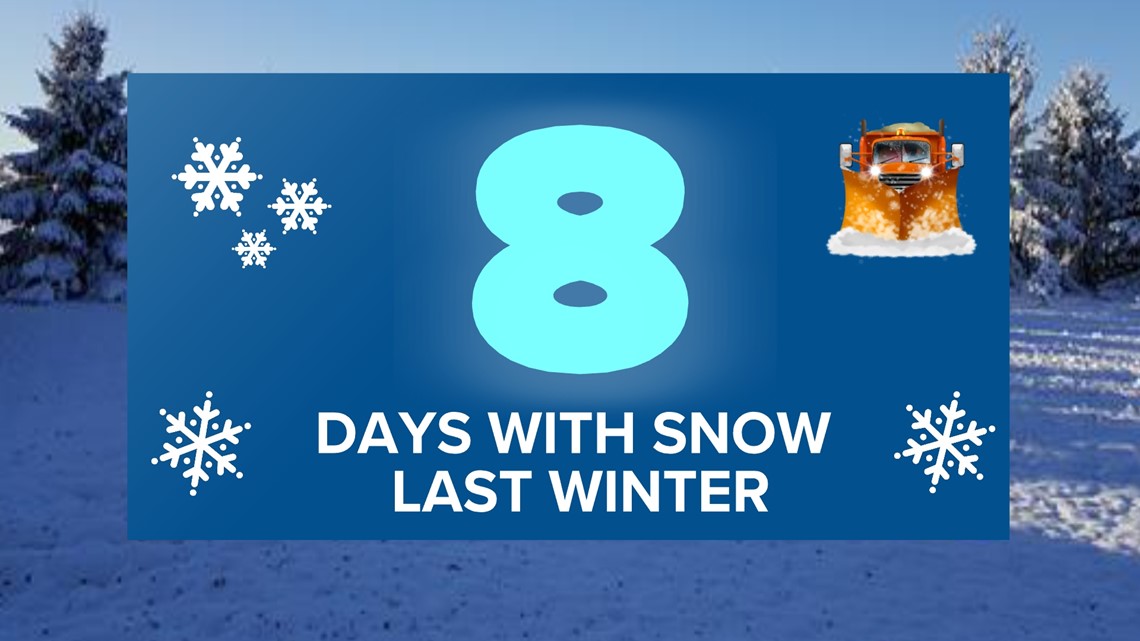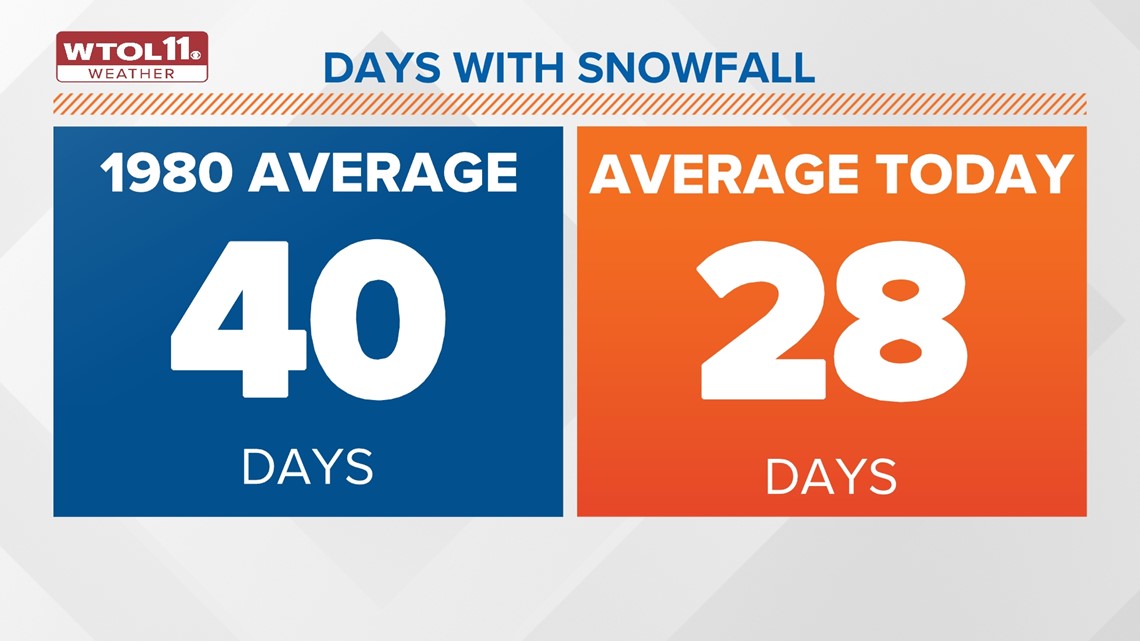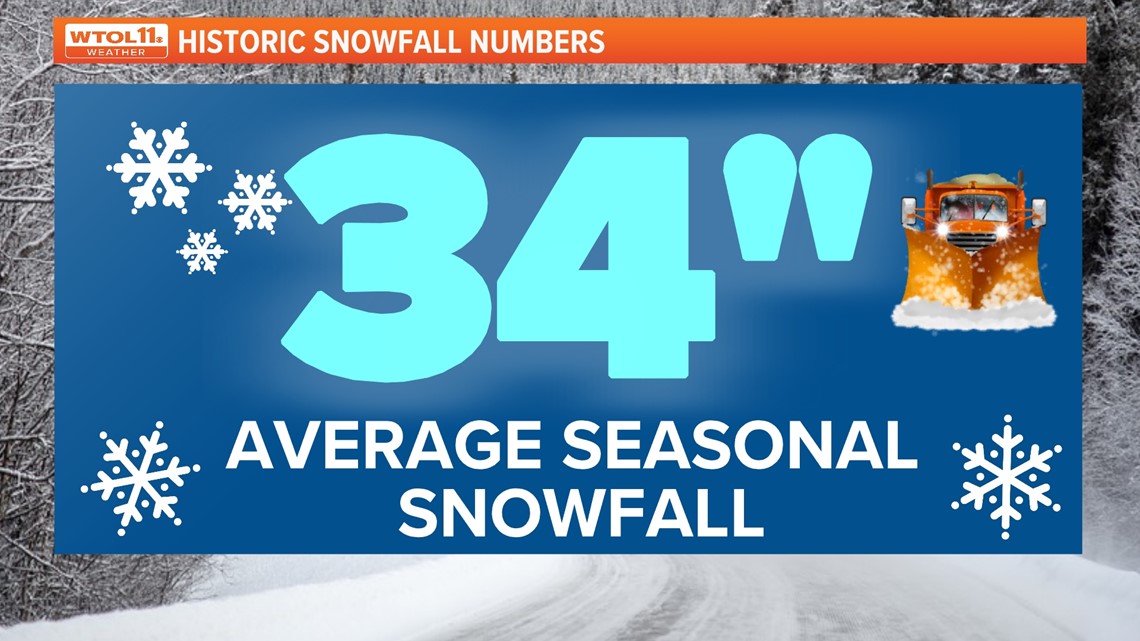TOLEDO, Ohio — You might struggle to recall much shoveling and snow blowing last winter. That’s because last year was one of the most disappointing winters for local snow lovers in recent memory.
Only eight days recorded measurable snowfall and of those, only one snowstorm was over two inches. That means in the 90 days of the 2022-2023 winter, less than a foot of snow fell. With the talk of climate change and the general lack luster winters the past few years it’s natural to ask: Is this lack of snowfall a short-term hiccup or a long-term trend? Let’s investigate.


With any comparison we need a good baseline of data, and we are fortunate to have that here in Toledo, our city weather records go back nearly 150 years. And there certainly is a trend over the past 40 years that is noticeable. Our snow season is shrinking.


Just four decades ago the area averaged almost 40 days with snow fall each winter. Today’s average has dropped to just 28 days. That’s over a week-and-a-half fewer days with snow falling than the previous generation.
RELATED: Climate Friday | Mid-November warmup to come; what does this mean for global climate trends?
Although snow is falling less often, when it does snow it tends to be heavier. Our average yearly snow totals haven’t seen a significant decrease. And do you dream of a white Christmas most years? Our hopes will need to get bigger each year because December snow is becoming less frequent. Six of the past nine Decembers have recorded fewer than 2 inches of snowfall.


It’s not just with snow days that we’ve noticed a significant shift but also in the temperature. Even the simple benchmark of dropping below freezing has become less common.
In 1980 we would expect the freezing season to last around 200 days from first freeze to last. Today that number has dropped by 20 days, nearly 3 weeks. On average, there are 11 fewer days falling below freezing compared to 40 years ago. This means the snow that does fall often melts more quickly and ice formation on lakes is less significant.
This comparison of two eras of weather was done by using 30-year averages. That helps reduce the noise or fluctuations that can occur if someone cherry-picks a direct comparison between individual years.
Based on all the data we have and can use it is clear our winters have less snow days and fewer freezing days too. As for winter 2023-2024, only time will tell how much cold and snow we will receive, but historic averages indicate snowfall will continue to dwindle, and temperatures will continue to rise.
MORE FROM WTOL 11

